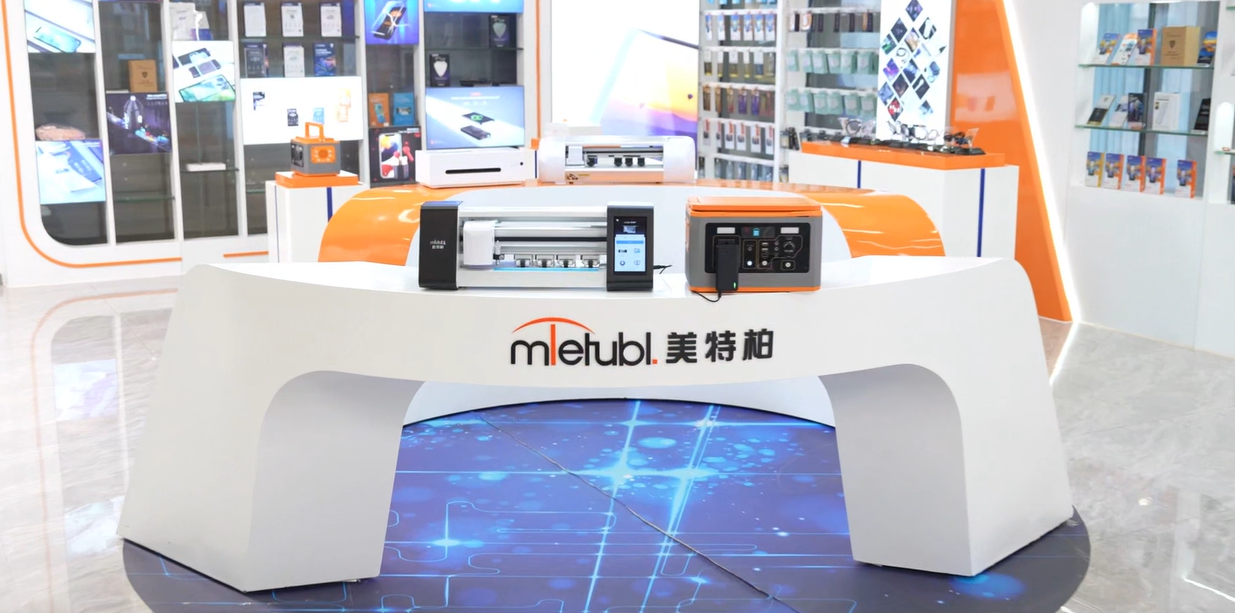
MIETUBL Brand Overview
MIETUBL is a brand originating from China and thriving through China’s intelligent manufacturing. It is committed to providing high-quality mobile accessories and related products to global consumers. Since its inception in 1998, the brand has followed the trends of the times, focusing on resource integration and building a symbiotic and shared industry ecosystem, enabling global consumers to conveniently access quality products that enhance their lives.
By continuously innovating and diversifying its product offerings, MIETUBL has achieved significant success in the mobile accessory industry. As a brand driven by customer value and innovation, MIETUBL has expanded into various product applications while accumulating rich industry experience and establishing a stable customer base. Headquartered in Zengcheng, Guangzhou, the company has strategically positioned itself within the mobile accessory industry, integrating high-quality production resources and aiming for a win-win business model.
Core Values and Development Vision:
-
Customer-Centric: MIETUBL always prioritizes customer needs, continually enhancing product quality and consumer experience through innovation and technological research and development.
-
Resource Integration and Industry Symbiosis: By integrating industry resources, MIETUBL creates a symbiotic, shared industry ecosystem, connecting global distributors and consumers, and promoting mutual growth across the value chain.
-
Global Vision: MIETUBL is committed to bringing Chinese manufacturing to the world, providing global consumers with high-quality, innovative mobile accessories, while offering profitable opportunities for distributors.
MIETUBL’s long-term vision is to continually enhance its products through innovation and quality, establishing “MIETUBL” as a globally trusted brand, recognized in markets around the world.
PRODUCTS
Why Tempering Glass Should Be Used in All High-Risk Areas
Enhanced Safety and Reduced Injury Risk
The most compelling argument for using tempered glass in high-risk areas is its enhanced safety features. Unlike annealed glass, which shatters into sharp, jagged pieces upon impact, tempered glass breaks into small, relatively harmless granules. This fragmentation minimizes the risk of severe lacerations and other injuries. In environments where children, the elderly, or individuals with mobility issues are present, this safety feature is paramount. A school playground, for instance, benefits immensely from tempered glass in windows and partitions, reducing the severity of potential injuries from accidental collisions.
Furthermore, the reduced risk of injury translates to lower healthcare costs and potential legal liabilities. In high-traffic areas such as shopping malls or hospitals, the likelihood of accidental impacts is naturally higher. The use of tempered glass dramatically minimizes the potential for costly injury claims and lawsuits. The peace of mind provided by knowing that the risk of serious injury is significantly reduced is a valuable asset.
Increased Durability and Longevity
Tempered glass possesses significantly higher strength and durability compared to annealed glass. It can withstand considerably more impact force before breaking, making it ideal for areas prone to vandalism or accidental damage. In high-risk zones, such as industrial facilities or public spaces susceptible to vandalism, the resilience of tempered glass provides a substantial advantage. Replacing broken annealed glass can be a frequent and costly undertaking, whereas tempered glass's durability translates to reduced maintenance and replacement expenses over its lifespan.
This increased durability also extends to its resistance to thermal shock. Tempered glass can tolerate rapid temperature fluctuations much better than annealed glass, making it suitable for applications near heat sources or in environments with significant temperature changes. This property is especially crucial in areas like kitchens or near industrial processes where temperature variations are common.
Cost-Effectiveness in the Long Run
While the initial cost of tempered glass is slightly higher than annealed glass, the long-term cost savings significantly outweigh this difference. The reduced risk of injury and the minimized need for frequent replacements result in considerable cost reductions over time. The reduced liability risks also contribute to lower overall costs. The increased durability alone justifies the initial investment, particularly in high-risk environments where frequent damage and replacements are a possibility.
Moreover, the potential for increased productivity and reduced downtime should also be considered. In industrial settings, for example, broken windows can disrupt operations and lead to lost production time. The increased resilience of tempered glass reduces the frequency of such disruptions, leading to improved efficiency and greater cost savings.
Conclusion
The superior safety, durability, and long-term cost-effectiveness of tempered glass make a compelling case for its mandatory use in all high-risk areas. The reduction in injury risk, minimized maintenance costs, and decreased liability concerns significantly outweigh the slightly higher initial investment. Prioritizing safety and minimizing potential risks should be paramount in all environments, and the widespread adoption of tempered glass represents a vital step in achieving that goal. The transition to this safer alternative is not merely a matter of cost, but a crucial investment in the well-being of individuals and the long-term financial health of organizations.
SUBSCRIBE
INQUIRY